It’s fascinating how sitting on the floor, a childhood staple, fades from our daily habits as we age. I pondered this one day, slumped comfortably on my couch, yet feeling an underlying stiffness creeping up my spine. I recalled those carefree childhood days when sitting cross-legged on the floor was second nature. The truth is, abandoning floor sitting might be a disservice to our bodies. Have you ever wondered why it’s so challenging and what benefits we might miss out on by not returning to this natural activity?
Cultures where floor sitting is common have lower rates of lower back pain
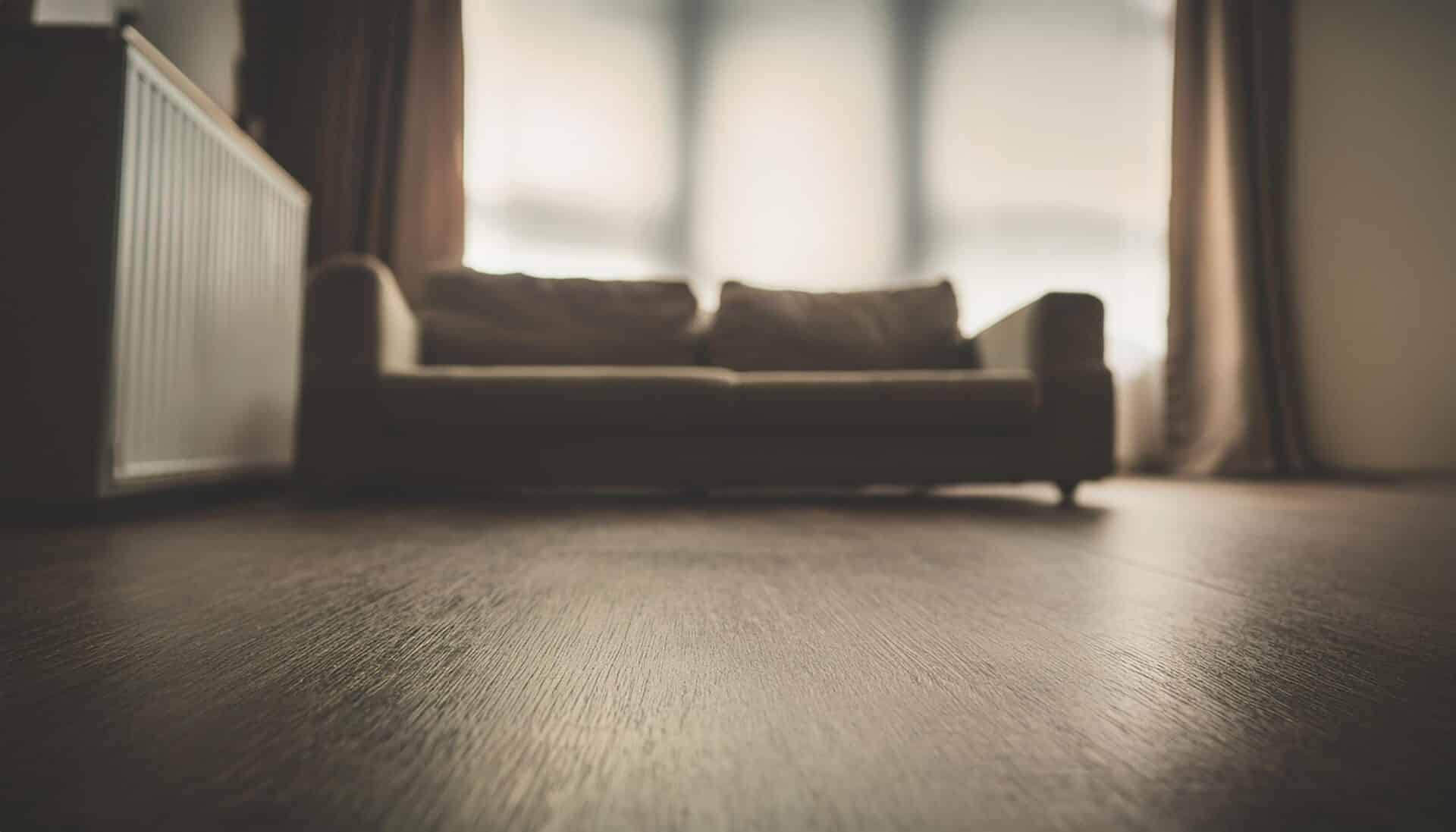
Introduction: The Comfort Myth
Have you ever found yourself sinking into your couch after a long day, savouring the embrace of its plush cushions? It’s a relief, indeed. But there’s an inherent contradiction we’ve likely overlooked: while our beloved couches offer immediate comfort, they might not be the best for our long-term health. Ironically, it turns out that the very comfort we seek can be a myth that keeps us from genuinely rejuvenating our bodies.
I remember the countless evenings spent sprawled on my sofa, eyes glued to the telly, unwinding from a hectic day. It felt so deserved, justifiable even. However, over time, I began to notice a creeping stiffness, a nagging discomfort in my back, and an undeniable sluggishness. This was even more noticeable when I returned from a good workout or roll at Brazilian Jiu Jitsu. Surely – when the body was tired, the best thing I could do for it was let it collapse into a relaxed, cushioned state?
Don't worry - there is plenty more to read.
Then subscribe to our newsletter! It's the best way to support our work, get access to this content, and ensure you never miss out on future articles and insights.
Join a community of passionate Blokes eager to learn and grow.
Yet, I could feel my body quietly rebelling. So, I started experimenting. First, I sat on the floor for just a few minutes each day, propped against the wall for support. And to my surprise, those mere moments of simplicity brought profound changes. Initially, my muscles protested; stiffness set in quickly, and discomfort was immediate. But I persevered, allowing my body to adapt and strengthen.
As days turned into weeks, sitting on the floor became less of a chore and more relief. I felt my posture improving – my spine seemed to realign itself, my shoulders naturally rolled back, and my core engaged without conscious effort. The change was subtle but undeniable. My back pain started to subside, my flexibility increased, and I even noticed a boost in my overall energy levels.
These observations didn’t come just from my own experiences. Countless cultures around the globe have long embraced floor sitting as a natural part of daily life, often resulting in fewer complaints of chronic pain and more sustained mobility into old age. Inspired by these traditions, I found myself looking forward to those moments on the floor; it became a kind of meditation, a pause that refreshed both body and mind.
Of course, the comfortable couch still calls to me—old habits die hard. But now, I blend the best of both worlds. I balance my time between lounging comfortably and deliberately grounding myself on the floor. This simple switch has invited a sense of harmony and well-being into my daily routine. So, next time the allure of the sofa tempts you, consider giving the floor a try. Your body might thank you for it.
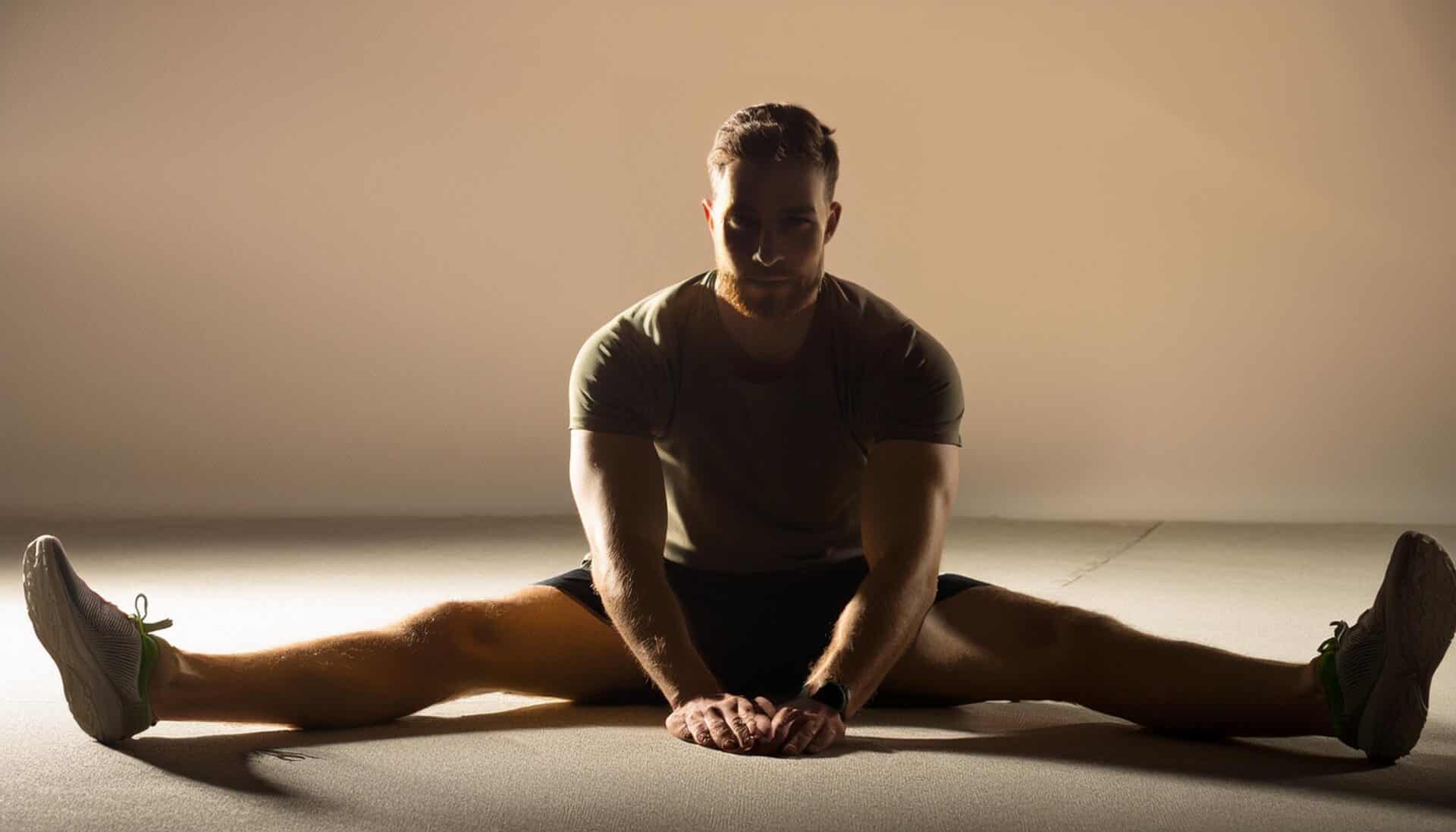
Posture Perks: Improving Alignment
When I first decided to start sitting on the floor more frequently, I was initially driven by an urge to shake my routine up a bit. Little did I know, this small change would have profound effects on my posture. You see, how we position ourselves day in and day out significantly impacts our overall alignment. By sitting on the floor, we naturally adopt positions that promote a more upright spine and discourage the habitual slouching that comfy couches can sometimes induce.
One of the first things I noticed was how much more aware I became of my body’s positioning. Unlike the almost anesthetic comfort of sinking into a plush sofa, sitting on the floor kept me alert and engaged. This awareness helped me align my spine correctly, which in turn reduced the strain on my back and shoulders. I felt lighter, almost as if the invisible weight of poor posture was lifting off my shoulders.
It’s fascinating how this simple practice encourages the natural curvature of the spine. When we sit cross-legged or in a kneeling position, our bodies intuitively find a balance that maintains this curvature. This alignment isn’t just theoretical; it has tangible benefits. Over time, maintaining this posture can significantly reduce the risk of back pain, joint degeneration, and other posture-related issues.
And let’s not forget the little victories that come with improved posture. This improvement makes daily activities more manageable and adds a sense of independence and confidence that’s hard to quantify but undoubtedly invaluable.
Reflecting on this, I can’t help but marvel at how a simple shift in our sitting habits can lead to broader health benefits. It’s a gentle reminder that sometimes, fostering well-being starts with small, intentional changes. So, if you too find yourself yearning for better alignment and a stronger posture, consider giving the floor a go—it might just surprise you as much as it did me.
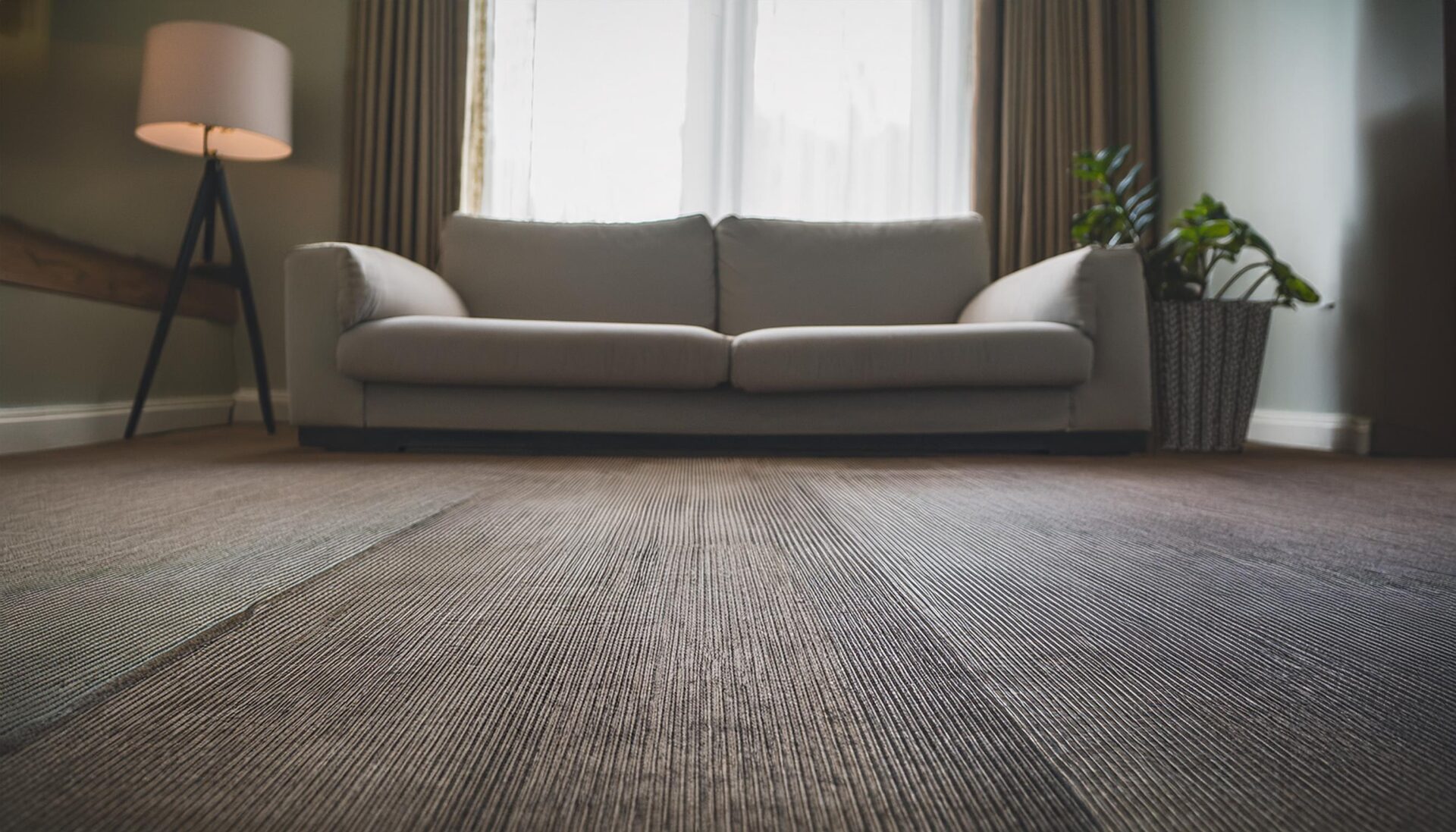
Core Strengthened: Engaging Your Muscles
There’s something fundamentally rewarding about discovering a simple, everyday action that significantly benefits our well-being. Take sitting on the floor, for instance. It sounds almost too good to be true. Yet, this seemingly humble practice is a powerhouse for strengthening our core muscles. As I began to integrate floor sitting into my daily routine, I was amazed at how quickly I noticed changes. My posture improved, my movements felt more fluid, and I started to feel stronger from the inside out.
When you sit on the floor, you’re naturally encouraged to engage your abdominal and lower back muscles to maintain balance and stability. This engagement acts as a form of natural exercise, subtly yet effectively toning your core. I recall those first few days being somewhat challenging, with my muscles actively protesting the shift. However, persistence paid off. Before long, I realised my core felt more stable and my overall posture had improved.
It’s fascinating how such a simple practice can deliver such significant results. Sitting on the floor doesn’t just work your core; it promotes the natural stabilisation of muscles that often remain dormant when we’re perched on a plush couch. Through trial and error, I found that varying my sitting positions helped target different muscle groups. Whether it was sitting cross-legged or in a long sit with legs extended straight ahead, each variation brought its unique benefits.
So, if you’re looking to strengthen your core without the need for gym equipment or intense workout regimes, look no further than your living room floor. Embrace the simplicity and let your body adjust naturally. In time, you’ll not only build a more robust core but also enhance your overall sense of physical well-being.
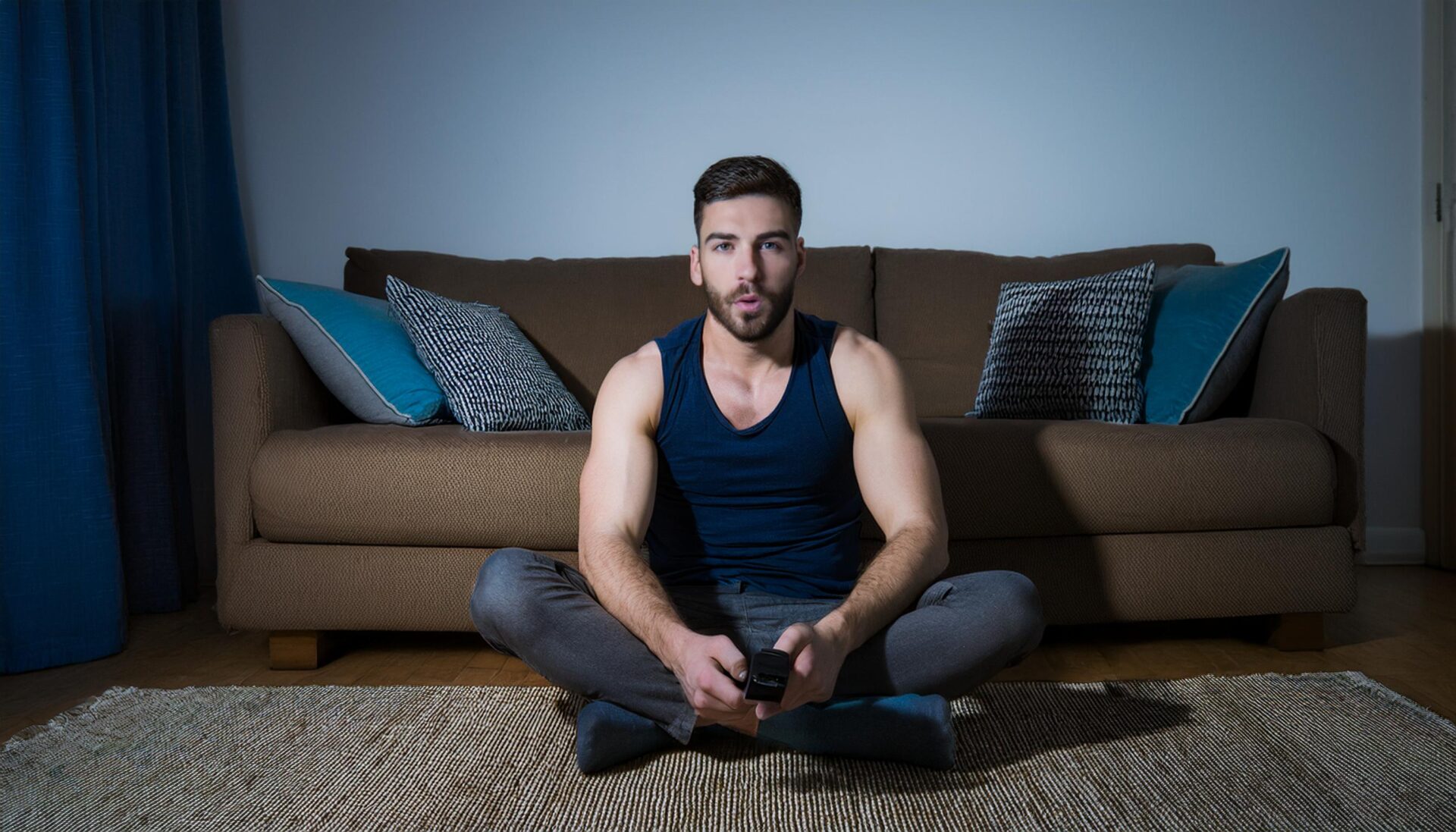
Flexibility Boost: Enhancing Your Range of Motion
Have you ever found yourself marvelling at a child’s effortless ability to squat down or sit cross-legged without a hint of discomfort while you struggle to even sit on the floor for a few minutes? If so, you’re not alone. I, too, used to find it incredibly daunting. But as I began to practice sitting on the floor regularly, I noticed a significant transformation in my body’s flexibility and range of motion.
Initially, I would only manage a few minutes before my legs insisted on returning to the familiar comfort of my couch. However, over time, those few minutes began to expand. I started noticing how my hip flexors and hamstrings no longer felt perpetually tight, and movements that used to feel so rigid and demanding started to become fluid and graceful. It was like my body rediscovered a natural rhythm I had almost forgotten.
Practising floor sitting daily, even for just 15 to 30 minutes, enabled me to stretch and engage muscle groups that often remain dormant when seated on a chair. My hips, legs, and pelvis began to open up, and I felt a newfound lightness in my spine. This consistent stretching and engagement not only enhanced my flexibility but also contributed to a noticeable improvement in my overall mobility.
What surprised me most was how these small changes cumulatively led to significant improvements.

Blood Flow Benefits: Improving Circulation
When I first made the switch from spending hours on my plush but sedentary sofa to sitting cross-legged on the floor, I quickly noticed a significant uptick in my overall sense of well-being. This simple change brought awareness to my body’s need for good circulation, which I had often overlooked. Sitting on the floor engages your body more dynamically. Unlike sinking into the couch, this position requires you to maintain an upright posture, which inherently promotes better blood flow.
For instance, the act of crossing your legs encourages your heart to pump blood more efficiently through your veins and arteries. Have you ever felt that tingling sensation or numbness in your legs after sitting for too long on a chair? That’s often a sign of compromised circulation. In contrast, floor sitting can mitigate these issues by alternating weight distribution and relieving pressure points. The mere act of shifting positions—perhaps moving from a cross-legged posture to a kneeling one—keeps your blood moving and prevents stagnation.
I also realised that this practice fosters a kind of mindful movement. As I adjusted my sitting position, it became a gentle nudge to check in with myself and ensure my body was comfortable and correctly aligned. This kind of periodic, organic movement does wonders for keeping the blood flowing freely, which in turn can reduce the risk of varicose veins and other circulatory issues that often arise from prolonged poor postures.
The beauty of floor sitting lies not just in the physiological benefits but also in the way it subtly integrates holistic well-being into daily life. By simply choosing to sit on the floor, you might find that you feel more alert, less sluggish, and surprisingly more connected to your own body. The improved circulation lends itself to a heightened vitality, making it easier to focus on and enjoy every moment of the day.
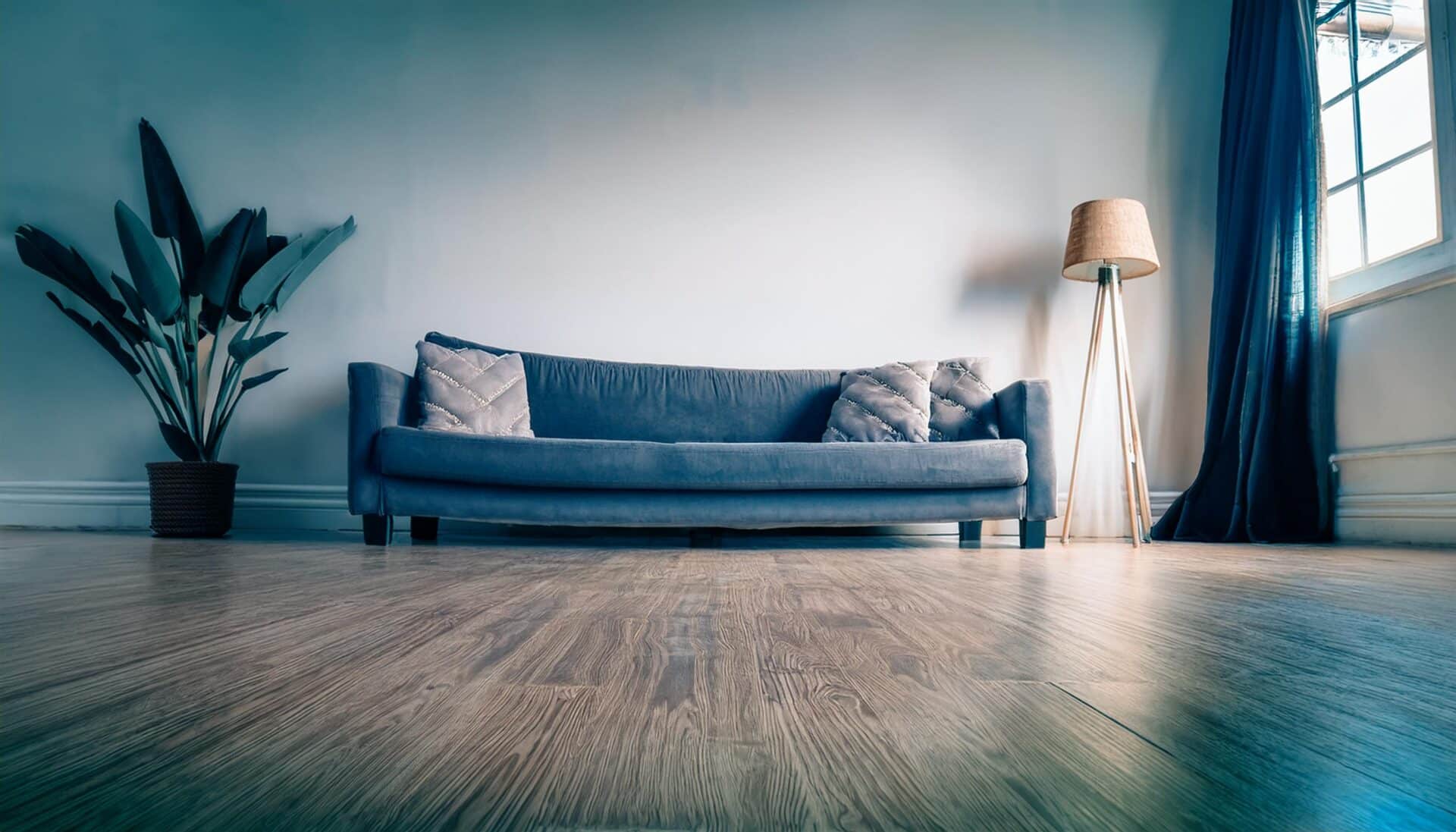
Back Pain Relief: Easing Discomfort Naturally
Many of us have experienced the nagging discomfort of back pain, a modern affliction often exacerbated by hours spent slumped in chairs. I remember the endless quest to find the perfect chair that wouldn’t leave me wincing by day’s end. Yet, a simple shift—sitting on the floor—offered unexpected relief. By forgoing the chair and embracing a more natural seating position, I found my posture improved and my back pain began to diminish.
When we sit on the floor, our bodies are encouraged to adopt a more upright position, which naturally reduces the strain on our lower backs. This upright posture helps maintain the natural curvature of the spine, preventing the slouching so common in traditional seating. Initially, it may feel less comfortable than sinking into a plush couch, but over time, our muscles adapt and strengthen, providing the support our backs need.
Another benefit I discovered is how floor sitting promotes better alignment throughout my body. Unlike the static posture of chair-sitting, moving to the floor requires subtle shifts that engage the core and lower body muscles. These minor adjustments help to distribute pressure more evenly across the body, alleviating hotspots of tension and ultimately reducing pain.
It’s essential to listen to your body during this transition. Start by sitting on the floor for brief periods, perhaps with your back supported by a wall. Gradually, you’ll find that your endurance and comfort levels increase. While it might seem unconventional, as with many aspects of health, the most straightforward solutions often yield the most profound results. Stepping out of our sedentary habits and embracing floor sitting can indeed bring natural relief from back pain, enhancing our overall well-being.

Creating a Floor-Friendly Space: Essential Tips
It’s pretty easy. Just sit on the floor!
Initially, it might seem peculiar or even uncomfortable, primarily if you’re used to the plush support of your couch. I remember the first time I decided to give floor-sitting a try. It felt incredibly foreign, my back rebelled, and knees protested. But there’s something inherently childlike and liberating about abandoning the conventional constraints of furniture. Start slow; aim to sit on the floor for a few minutes each day. Maybe use a cushion or sit with your back against a wall for additional support.
Set small, achievable goals for yourself. Perhaps begin with five minutes, and gradually build up to thirty. The beauty of this practice lies in its simplicity and adaptability. You can experiment with different positions—cross-legged, in a kneeling posture, or even the classic ‘W’ sit where your ankles are out to the sides. As you do this, notice how your body responds, and be mindful of the subtle changes in your posture and flexibility.
Cultural Insights: Learning from Traditions Around the World
Sitting on the floor is a practice deeply woven into the fabric of daily life in many cultures. For instance, in Indian households, it’s common to see family members sitting cross-legged, a position known as ‘Lotus’ position or ‘Sukhasana,’ during meals or gatherings. This practice, often referred to as ‘Indian style’ in English-speaking countries, is more than just a seating choice—it’s an integral part of their lifestyle that promotes flexibility and mindfulness.
In Korea, individuals sit on the floor with their legs crossed or folded to the side, is prevalent in traditional settings such as tea ceremonies and meals. This method of sitting is not just a nod to cultural heritage but also a way to stay grounded and present. Japanese culture also deeply embraces floor sitting, especially through the practice of ‘seiza.’ Sitting in this formal kneeling position is seen in various cultural rituals, from tea ceremonies to martial arts, emphasising respect, discipline, and the mind-body connection.
Ironically, Seiza is how I think I progressively destroyed my ability to kneel as a teenager doing Kendo; over around eight years, my knees got worse and worse due to kneeling on a hard wooden floor. However – this isn’t what we are actually talking about here – most of our homes have carpet – and – if not – I would suggest a rug – and sitting, not trying to kneel. Most our western knees are way beyond being able to do that!
Conclusion: Make the Switch to Better Health
Like many of the little things we can do (standing instead of sitting, walking a bit more), sitting on the floor is one of the many microdoses of exercise we can have during the day. It’s an invitation to break away from the cushioned entrapments of modern living and reconnect with the way our bodies were designed to move.




